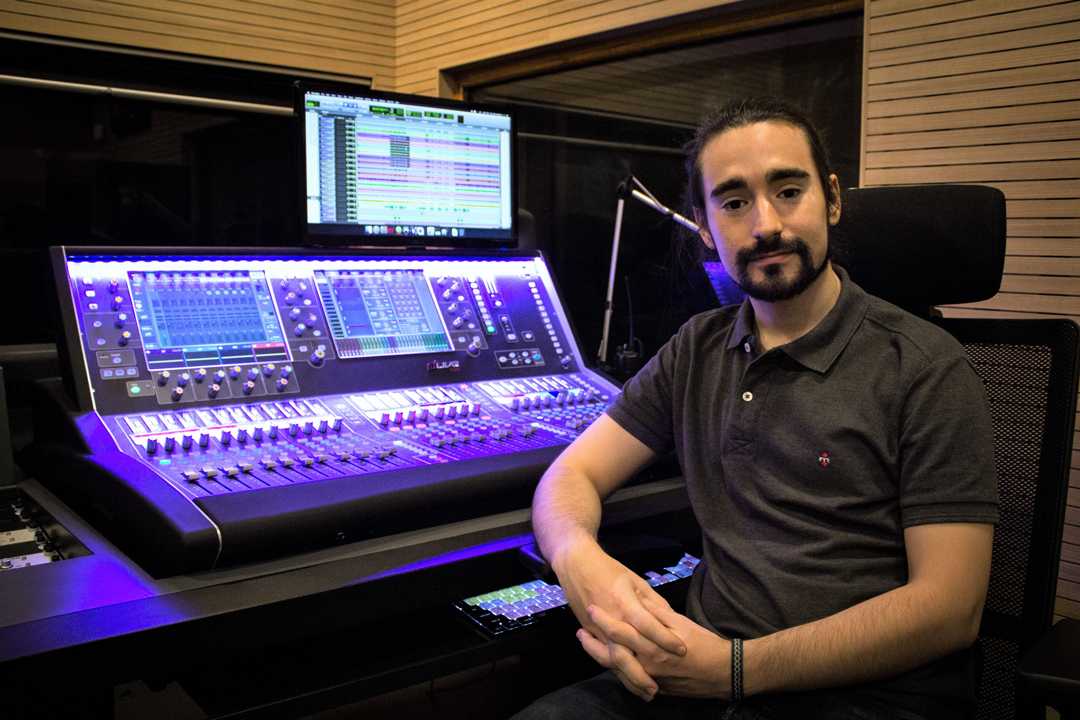A&H dLive makes its mark in Madrid
- Details

The venue recently renewed its digital audio mixing system (supplied and installed by integrator Area Suena), replacing it with a modern solution from Allen & Heath. Based on the dLive and SQ systems, the solution allows the integration of two adjoining rooms in a Dante network, as well as real-time streaming and the recording of live shows for post-production.
The decision to renew the audio and video mixing and recording systems (including signal flow management) was made in 2019, to keep pace with the venue’s level of production and in line with current technologies.
The Juan March Foundation has long relied on production company Scope Produccinones as a partner for the technical operation of the auditorium, with Area Suena brought in to carry out the engineering and renovation project, with work beginning in early 2020.
Among the priorities of the project was the implementation of a high-quality live audio digital mixing system that could be easily integrated with a Pro Tools HDX platform.
The audio mixing system needed to be powerful, flexible, modular and capable of being easily integrated with other platforms (ProTools, in this case) - all factors addressed by Allen & Heath’s dLive system. Area Suena worked in conjunction with Audio-Technica Iberia (Allen & Heath’s exclusive distributor for Spain) directly to design and configure the system, which is built around a dLive S5000 control surface and DM48 MixRack.
The solution was ultimately made up of several “blocks”, some placed in the auditorium's control room (a closed room, located at the end of the stalls, facing the stage) and others placed in a tech room next to the stage. The control room contains the Allen & Heath dLive S5000 and DM48, with the S5000 equipped with a 128x128 Dante card and AES EBU card, as well as redundant power supplies.
In the tech room there are two DX32 remote input and output racks, connected by redundant network cable to the DM48 brain. One of the DX32 racks is equipped with 32 channels of analogue inputs; 16 of them on two Prime cards (eight channels each, studio quality) and two standard pre-cards (also with eight channels each).
The second DX32 rack is equipped with three standard input cards (24 channels) and one analogue output card (eight channels). A total of 56 channels of remote analogue inputs are available, which are added to the 48 channels of the DM48 rack and the eight of the S5000 surface itself, located in the control, adding a total of 112 analogue inputs always available for routing, live mixing and recording.
In terms of integration with other systems, the dLive system is capable - thanks to its Dante card - of sending up to 128 audio channels and receiving another 128 at 96 KHz. These channels arrive at a Yamaha network switch specially enabled to work with Dante, programmed by Area Suena with two V-nets, in order to have redundancy throughout the Dante network.
A powerful video recording system by Blackmagic Design and an Antelope Trinity master clock have also been implemented in the project, among other elements, which gives clock reference to all the elements of this installation.
Scope Producciones’ Ángel Colomé, head of sound at the Auditorium, said: “This project set some very demanding goals in achieving the highest standards of audio excellence required for the production and recording of classical music.
"That was one of the reasons for opting for the new Allen & Heath Prime input cards, which have preamps of simply extraordinary quality - and I believe we’re pioneers in Spain in this regard. The dLive system also allows us to be futureproof, given its expansion possibilities.”
















